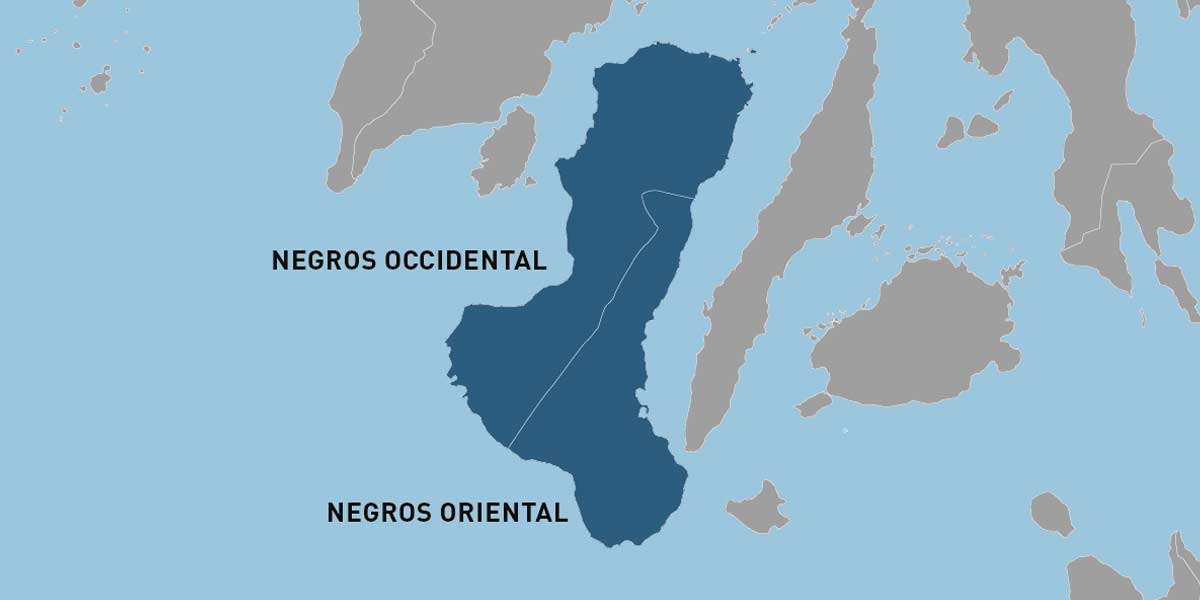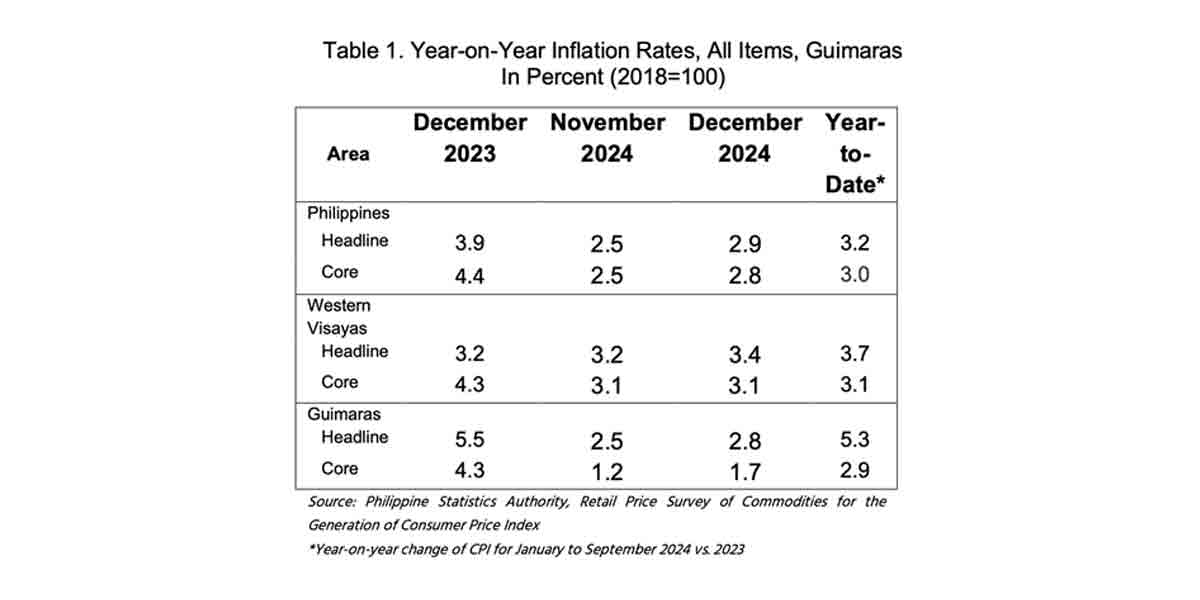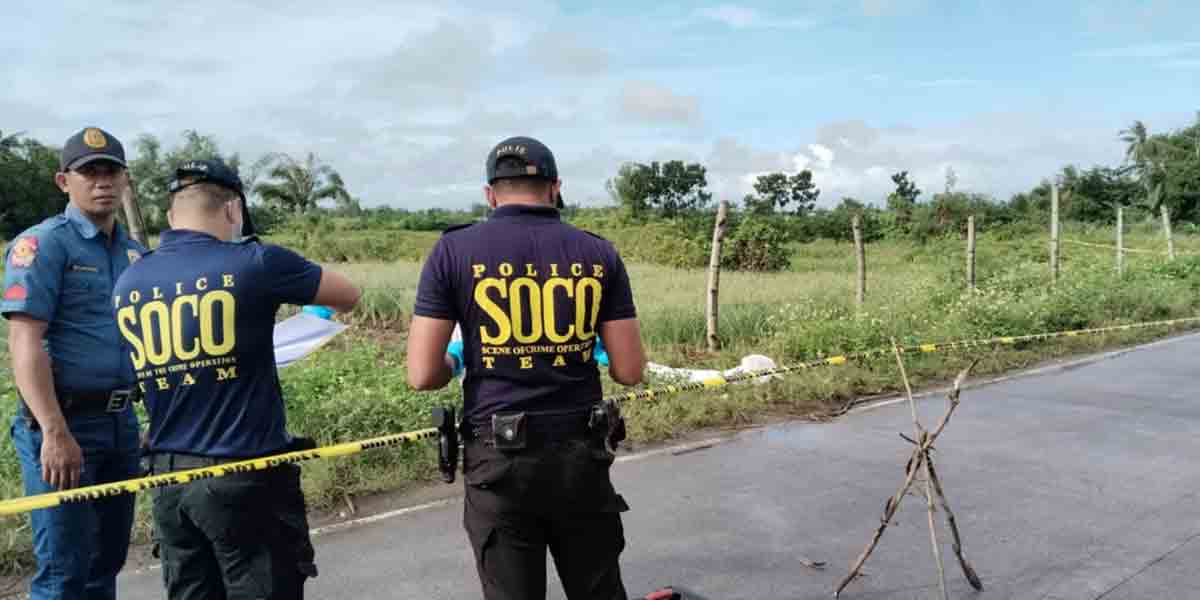 By Alex P. Vidal
By Alex P. Vidal
“Mind your speech a little lest you should mar your fortunes.”—William Shakespeare
PUBLIC officials, journalists, lawyers, students, social media account owners, plain kibitzers were right to claim that President Rodrigo Roa Duterte was wrong to use the recent State of the Nation Address (SONA) to lambast Senator Franklin Drilon.
It’s not the right venue, crooned Antique Governor Rhodora Cadiao, an independent-minded leader.
Iloilo third district Rep. Lorenz Defensor, another brilliant mind in the House of Representatives, had expected the president to focus on the government’s plans and responses to pressing issues such as the coronavirus disease 2019 (COVID-19) pandemic, not to zero in on an opposition leader in the co-equal branch of government.
Criticism by any government official of a fellow public servant or whoever in the government service is normal, moral, and necessary but should be done in the proper place and time.
When a public official attacks a fellow public official, it’s politics.
And politics should have no room in the SONA.
Politics is mudslinging.
SONA is nation-building.
-o0o-
Since democracy was restored in the Philippines during the 1986 EDSA Revolution, no president has humiliated an opposition figure in the SONA.
A SONA is too precious to be wasted in haranguing a fellow public servant.
A SONA must contain the “state of the nation”— where we are now, what we have achieved, so far; and where (or what steps are we going to take) we are heading too as a sovereign nation.
People are interested about the substance, not the personality.
When they are hungry and hankering for food to eat, they aren’t interested anymore who cooked the meal or what he did before entering the kitchen.
We expect the decent personalities among those who idolize Mr. Duterte to have the moral courage to tell the president he was wrong.
It’s not bad to be an avid supporter of a mercurial leader, but it’s morally wrong to keep quiet and give that leader an Emperor’s robe-treatment if it is obvious he erred.
-o0o-
‘THERE ARE SIX TYPES OF COVID-19.’ CBS News has reported that a new study of COVID-19, based on data from a symptom tracker app, determined that there are six distinct “types” of the disease involving different clusters of symptoms.
The discovery could potentially open new possibilities for how doctors can better treat individual patients and predict what level of hospital care they would need.
Researchers from King’s College London studied data from approximately 1,600 U.K. and U.S. patients who regularly logged their symptoms in the COVID Symptom Tracker App in March and April.
Typically, doctors will look for key symptoms such as cough, fever and loss of the sense of smell to detect COVID-19, according to CBS News.
The study, which has not been peer-reviewed, says the six different “types” of COVID-19 can vary by severity and come with their own set of symptoms.
The six clusters of symptoms outlined in the study are:
- Flu-like with no fever: Headache, loss of smell, muscle pains, cough, sore throat, chest pain, no fever.
- Flu-like with fever: Headache, loss of smell, cough, sore throat, hoarseness, fever, loss of appetite.
- Gastrointestinal: Headache, loss of smell, loss of appetite, diarrhea, sore throat, chest pain, no cough.
- Severe level one, fatigue: Headache, loss of smell, cough, fever, hoarseness, chest pain, fatigue.
- Severe level two, confusion: Headache, loss of smell, loss of appetite, cough, fever, hoarseness, sore throat, chest pain, fatigue, confusion, muscle pain.
- Severe level three, abdominal and respiratory: Headache, loss of smell, loss of appetite, cough, fever, hoarseness, sore throat, chest pain, fatigue, confusion, muscle pain, shortness of breath, diarrhea, abdominal pain.
The U.K. researchers also found that only 16% of patients with type one COVID-19 required hospitalization, compared with nearly half of the patients with type six, CBS News added.
Patients in the severe clusters also tended to be older or with pre-existing conditions and weakened immune systems, compared to those in the first three.
(The author, who is now based in New York City, used to be the editor of two local dailies in Iloilo)





















